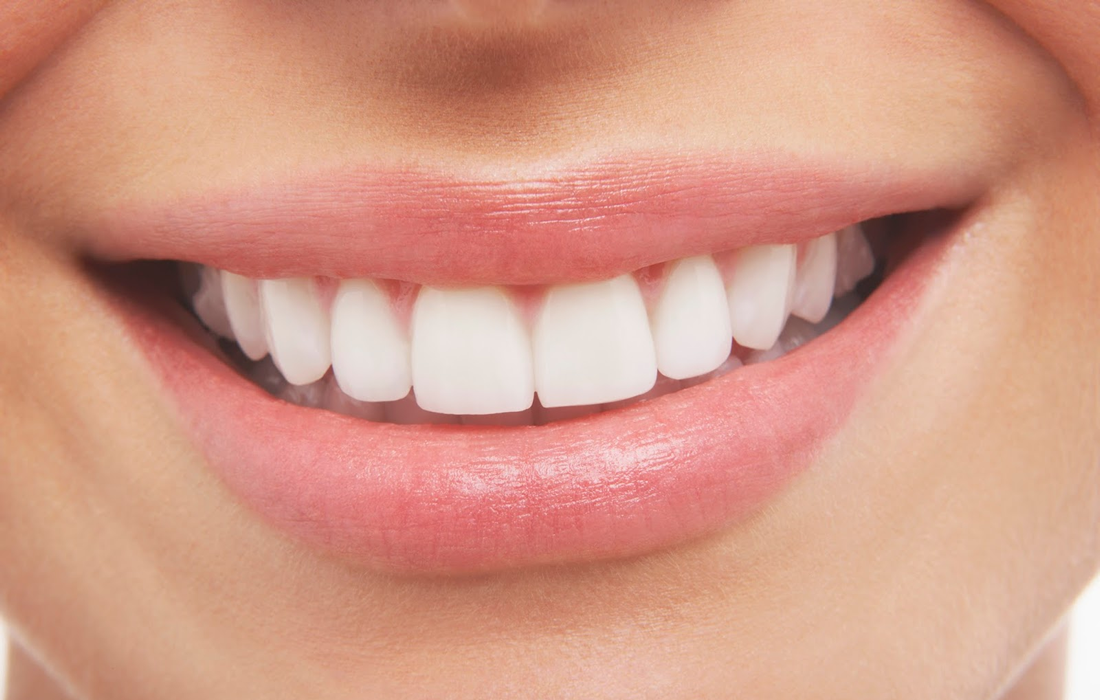Regenerative Medicine News and General Information
Silver Diamine Fluoride Protect Against Cavities
Dental caries (tooth decay) is a natural process by which bacteria in the biofilm cause fluctuations in pH, leading to enamel erosion and a resulting visible lesion. If left untreated, caries can result in pain, abscess, and systemic infection, leading to functional and/or psychosocial impairment. Caries is the most prevalent childhood disease in the world and is most prominent among low-income populations. The disproportionate burden of caries in vulnerable groups stems largely from lower use of dental services; those most at risk often lack access to preventive services or affordable dental care.
To reduce the barriers to seeing a dentist, some basic dental services can be offered in schools, especially those serving children from low-income families. For example, the Centers for Disease Control and Prevention recommends and funds school sealant programs. In 2017, NYU College of Dentistry researchers received funding from the Patient-Centered Outcomes Research Institute (PCORI) to run the nation’s largest school-based cavity prevention study, which they named CariedAway.
Silver diamine fluoride, as well as sealants, protected against cavities in school-based program
The study included 2,998 children in kindergarten through third grade at 47 New York City schools. The schools, which serve a racially diverse group of students, most of whom are from low-income families, were randomized to receive either the simple or complex treatment.
Upon visiting each school, the clinical research team, which included a supervising dentist, dental hygienists, registered nurses, and assistants, did baseline exams to measure any tooth decay, and then applied fluoride varnish and either sealants or SDF, depending on whether the school was assigned to receive the complex or simple treatment.
The initial visits took place in 2019 and early 2020, and were paused when the COVID-19 pandemic temporarily closed New York City schools and halted all school-based care. Two years later, schools allowed the clinical research team to resume, and they returned to each school for follow-up visits.
The researchers found that both the simple and complex treatments were successful: just one cavity prevention treatment prevented more than 80% of cavities (81% for SDF and 82% for sealants) and stopped half of cavities from progressing (56% for SDF and 46% for sealants).
These results support the use of SDF for cavity prevention in school-based oral health programs and offer an opportunity for expanding access to critical oral health care. While the limited availability of trained dental professionals can pose challenges for school sealant programs, as sealants are applied by a dentist or dental hygienist, SDF may be an attractive alternative, as it can also be applied by nurses — a workforce already in place in many schools.
SOURCE:
Ryan Richard Ruff, Tamarinda Barry-Godín, Richard Niederman. Effect of Silver Diamine Fluoride on Caries Arrest and Prevention. JAMA Network Open, February 9, 2023; 6 (2): e2255458 DOI: 10.1001/jamanetworkopen.2022.55458

